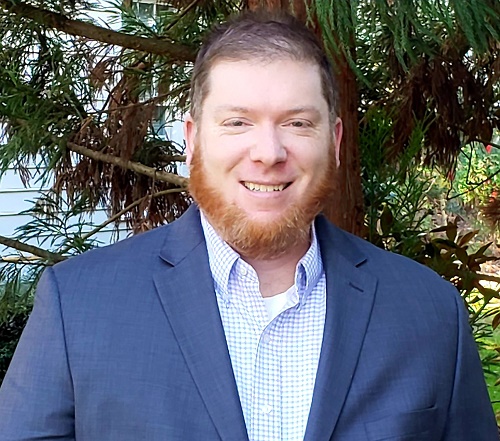Our Blog

Blog Post
Drug Development & Estimands – A Framework that Evolves with Product Knowledge
Since the introduction of estimands, the answer to “Why are estimands necessary?” has remained constant – to allow for clearer communication about benefits/risks of a potential treatment to the relevant stakeholders. However, as illustrated in this blog, the number of questions as to how & when to use them has grown considerably.

Blog Post
The Benefits and Risks of Subgroup Analysis for an Overall Survival Endpoint
Analyses conducted using the overall population can mask the extent of the benefit-risk in subgroups of patients. Thus, subgroup analyses are critical to fully understand the benefit-risk in pivotal oncology trials and guide regulatory decisions for approval and labelling. However, subgroup analyses also present several challenges especially for overall survival (OS) where larger sample sizes and longer follow-up are needed, and where early analyses of immature data may be conducted.


Blog Post
Use of RWD and RWE to Support Regulatory Decision Making
Real-World Data (RWD) is being increasingly utilized in clinical research to help support drug approvals. The U.S. Food and Drug Administration (FDA) guidance on Considerations for the Use of Real-World Data and Real-World Evidence (RWE) to Support Regulatory Decision-Making for Drug and Biological Products provides thoughtful recommendations on the use of RWE to support approval of a new indication for marketed drugs. This guidance is part of the FDAs Real-World Evidence Program which provides additional guidance for the use of RWE to support regulatory decisions.
Blog Post
Overall Survival as a Specified Endpoint
How do we get both information to rule out harm and assess the overall survival benefit, while still being realistic in our conduct of oncology clinical trials? The answer to that question, depends on a variety of factors, such as the type and aggressiveness of the cancer. As you are designing your next clinical trial assessing OS, we have listed some items to keep in mind.


Blog Post
Potential Pitfalls for Clinical Trials with an Overall Survival Endpoint
Overall survival (OS) is an endpoint of significant importance when assessing safety and efficacy in oncology studies. Multiple trial design decisions are made when planning the analysis of OS and analysis of OS is even more complicated when it is analyzed as a non-primary endpoint. Here are some common trial design elements to consider that may have potential pitfalls for your next study.

Blog Post
Clinical Trial Analysis Considerations for a Post-Hoc Overall Survival Endpoint
When analyzing overall survival in a post-hoc manner sponsors need to carefully consider the types of analyses to present and have a thorough understanding of both the regulatory precedent and market landscape which their product will enter.

Blog Post
How to Place Overall Survival Results into a Proper Benefit-Risk Framework
Overall survival (OS) is both an important efficacy & safety endpoint for oncology trials. Often when study results are submitted for regulatory consideration, OS results are often “immature”/still in their early stages which makes them difficult to evaluate. Understanding how to place these results into a proper benefit-risk framework for consideration is therefore important when assessing a potential treatment’s viability.


Blog Post
4 Benefits of Combining Biometrics Services
Biometrics services (data management, biostatistics, data standards, and statistical programming) can be outsourced together as a unit or individually with different CRO partners. While splitting services up is perfectly acceptable, there are potential benefits that could be realized by having one contract research organization (CRO) support both the data management and biostatistical/programming components for your clinical trial project or program.



Blog Post
Statistical Design Considerations for Dose-Finding Oncology Trials
Since the introduction of the original 3+3 method, the available design options for dose escalation in early phase studies have expanded beyond traditional algorithm-based designs to include model-based designs.


Blog Post
Ensuring Successful Enrollment in Oncology Dose Escalation Trials
Oncology dose-escalation trials are a distinct entity, with nuances and considerations which set them apart from other therapeutic areas. From varying trial designs to the patients who participate, dose-finding clinical trials in oncology are a clinical research paradigm. Understanding strategies to facilitate success is key to study planning and execution, from feasibility to site selection through enrollment and treatment.
